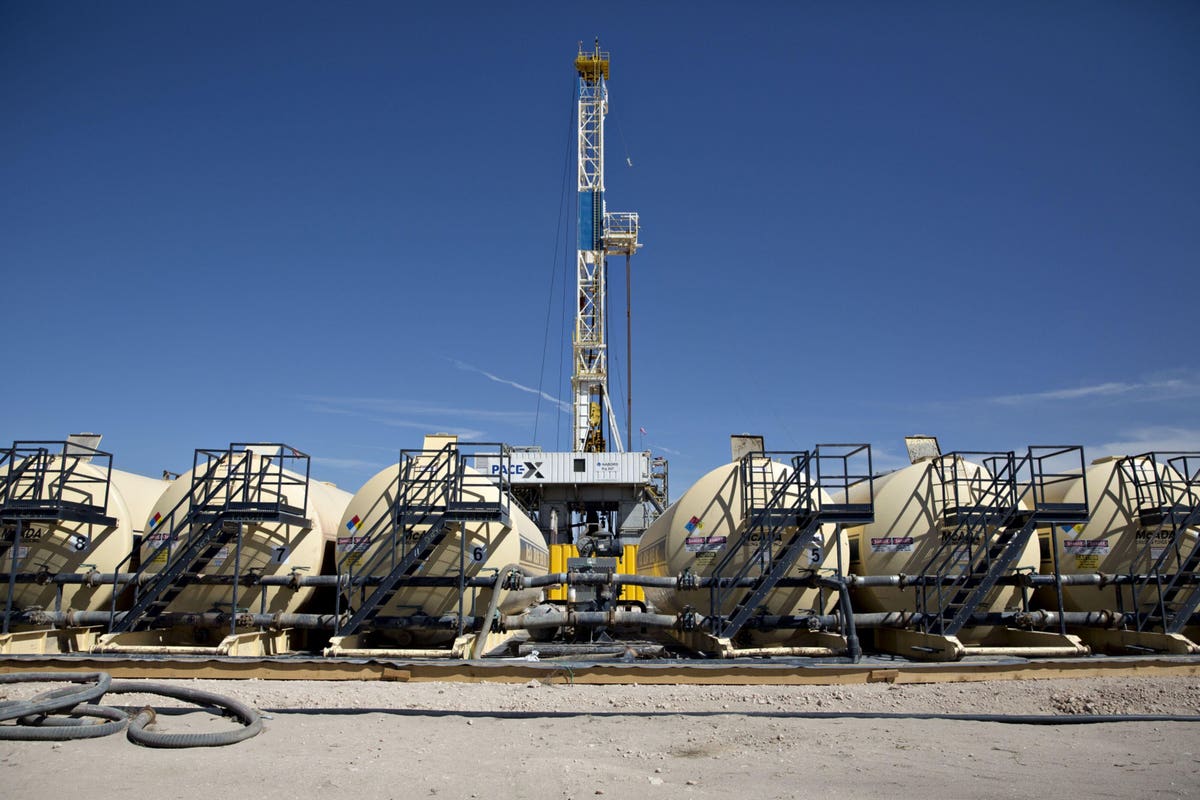Mergers and acquisitions (M&A) activity in the U.S. upstream oil and gas industry roared back in the 2nd quarter following a moribund first quarter, per a new report from Enverus Intelligence Research (EIR), a subsidiary of Enverus. After totaling just $8 billion in Q1 2023, M&A transactions cited by EIR during Q2 came to triple that number, accompanied by a revived focus on the acquisition of drilling positions in the prolific Permian Basin of west Texas and southeast New Mexico.
“The second quarter saw a thunderous return to Permian M&A after a relatively quiet start to the year,” said Andrew Dittmar, director at Enverus. “The need for public buyers to secure quality drilling inventory has been brewing, and the pressure to make a deal has been mounting as the remaining opportunities are narrowed with each successive transaction. That in turn is driving higher valuations on the remaining assets.”
In an interview this week, Dittmar told me that, while what he called “interesting opportunities” for future deals in other shale basins remain, the superior quality and quantity of rock and the lower breakeven prices that sets up were the main reasons why focus returned to the Permian following a first quarter that saw multiple deals in the Eagle Ford shale in South Texas. “We classify prospects that break even at less than $50 WTI as being tier one,” Dittmar says. “So, if you want to have that quality of inventory, there’s really just not a lot of places you can buy it outside the Permian.”
One place outside the Permian where Chevron
CVX
“The rock in the DJ looks fantastic,” Dittmar says. “Definitely sub-$50 break evens, even into the low forties in some cases. We think Chevron was able to get a pretty good deal on PDC. It’s paying well less than $1 million per location, whereas inventory of that quality in the Permian would cost you significantly more than that.”
Civitas Resources, with its splash entry into the Permian Basin via a pair of $2 billion+ buyouts of TapRock Resources and Hibernia Energy III, presents another interesting case given its status as a pure-play DJ Basin producer to this point. “We like the TapRock deal a little bit better, both in terms of where the valuation landed and the underlying quality of the asset,” Dittmar says. “We think that the best of the TapRock assets are going to be the very best that Civitas has going forward. So, while the DJ actually has very good rock, that tier one Delaware stuff is just another league in terms of the quality. Hibernia in the Southern Midland was maybe a little bit more expensive than we’ve seen some deals in terms of that asset quality price. You’re taking a step towards the margin of the basin there on the southern side.”
Having said that, Dittmar also says he thinks the margins of the Permian region could hold a good deal of upside potential for buyers. “One of the stories we’re seeing in the Permian Basin is that there’s the locations you think are there based on existing wells and proven results, and then there’s the locations that no one has tried that on bench in that area yet. So geologically, it looks like it has a lot of potential. I think that’s why some of these buyers are moving towards the margins of the basin.”
When asked if he foresees more consolidation coming to the U.S. shale business, Dittmar’s answer was unequivocal. “There’s still too many public companies out there – I think that’s been a consensus in shale since the get-go, almost,” he says. “And the more consolidated industry makes sense from a strategic perspective. It makes sense for investors. You have lower G&A (general and administrative) costs. We’re better able to tackle the regulatory and environmental concerns. So, I think we do need to see more consolidation in the industry.”
The Bottom Line
This most recent quarter’s M&A activity displays a continuation of several long-term factors impacting the U.S. shale space: Increased consolidation with a focus on lower costs, enhancing economies of scale, raising the acquiring company’s inventory of tier one drilling locations, creating free cash flow, and improving returns to investors.
As Dittmar notes, these have really been the overriding goals that have driven consolidation in the shale sector since the shale revolution began in earnest in the first years of this century, and there seems little reason to expect these drivers to shift in the coming years.
Read the full article here





